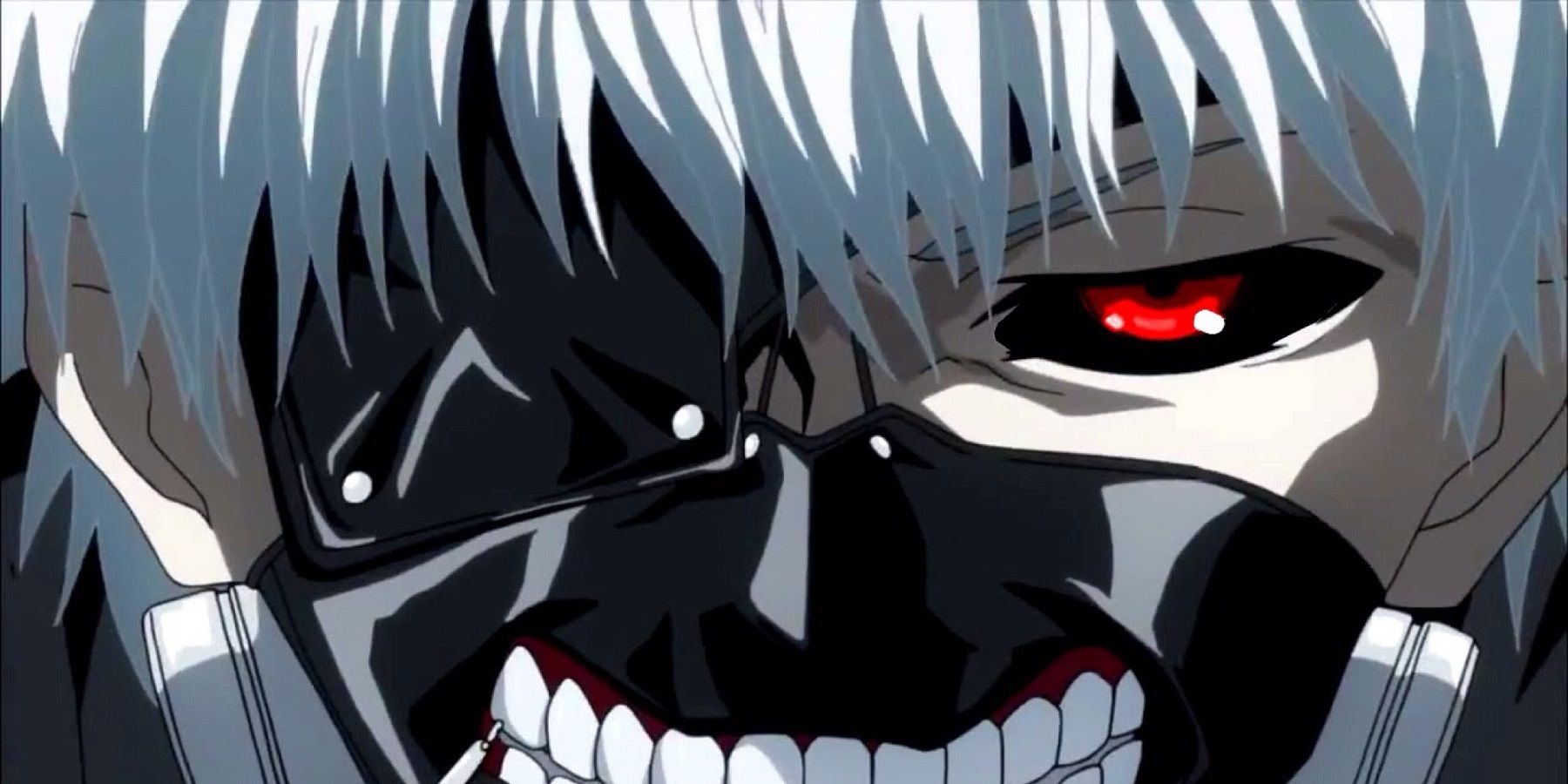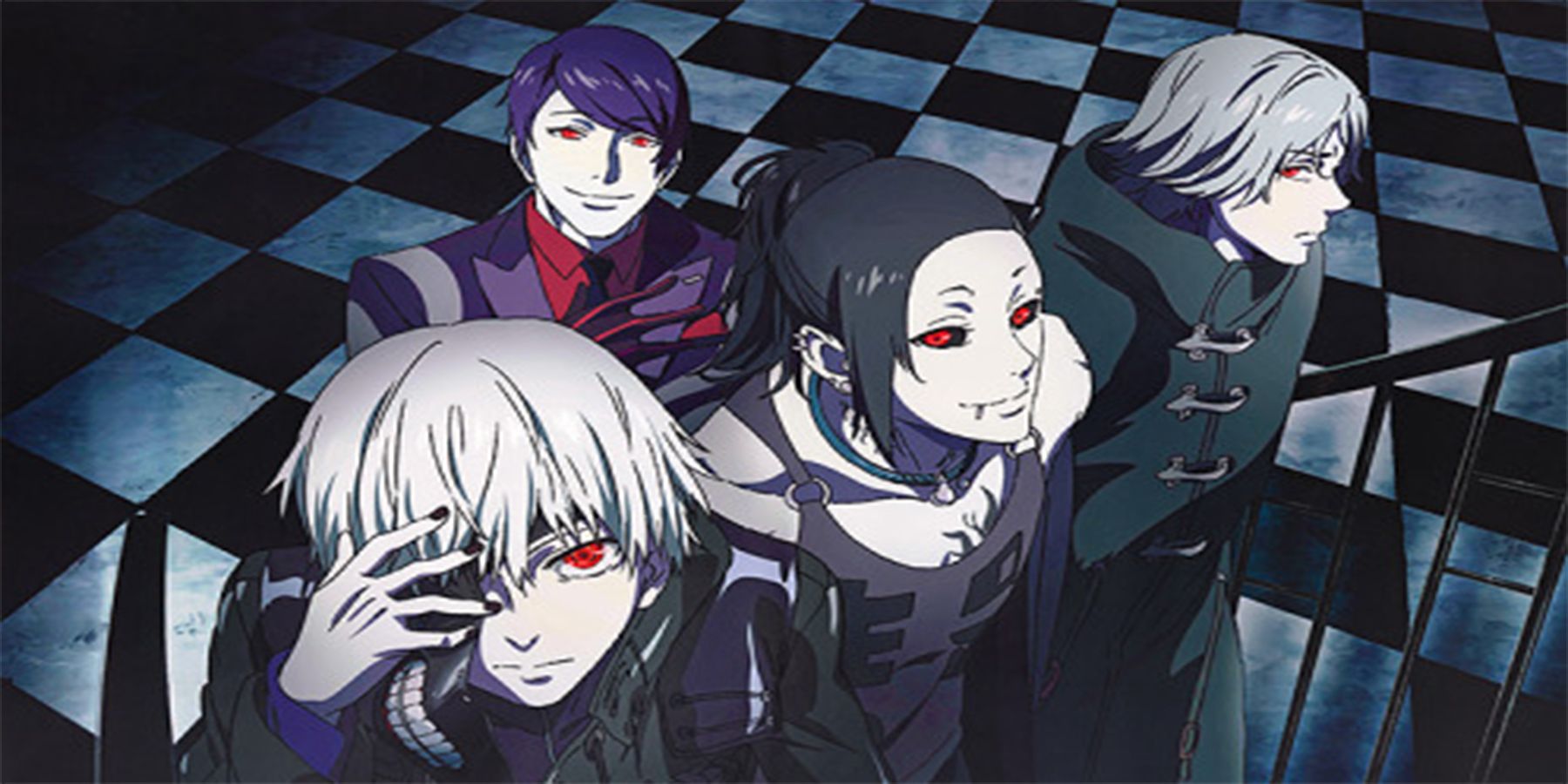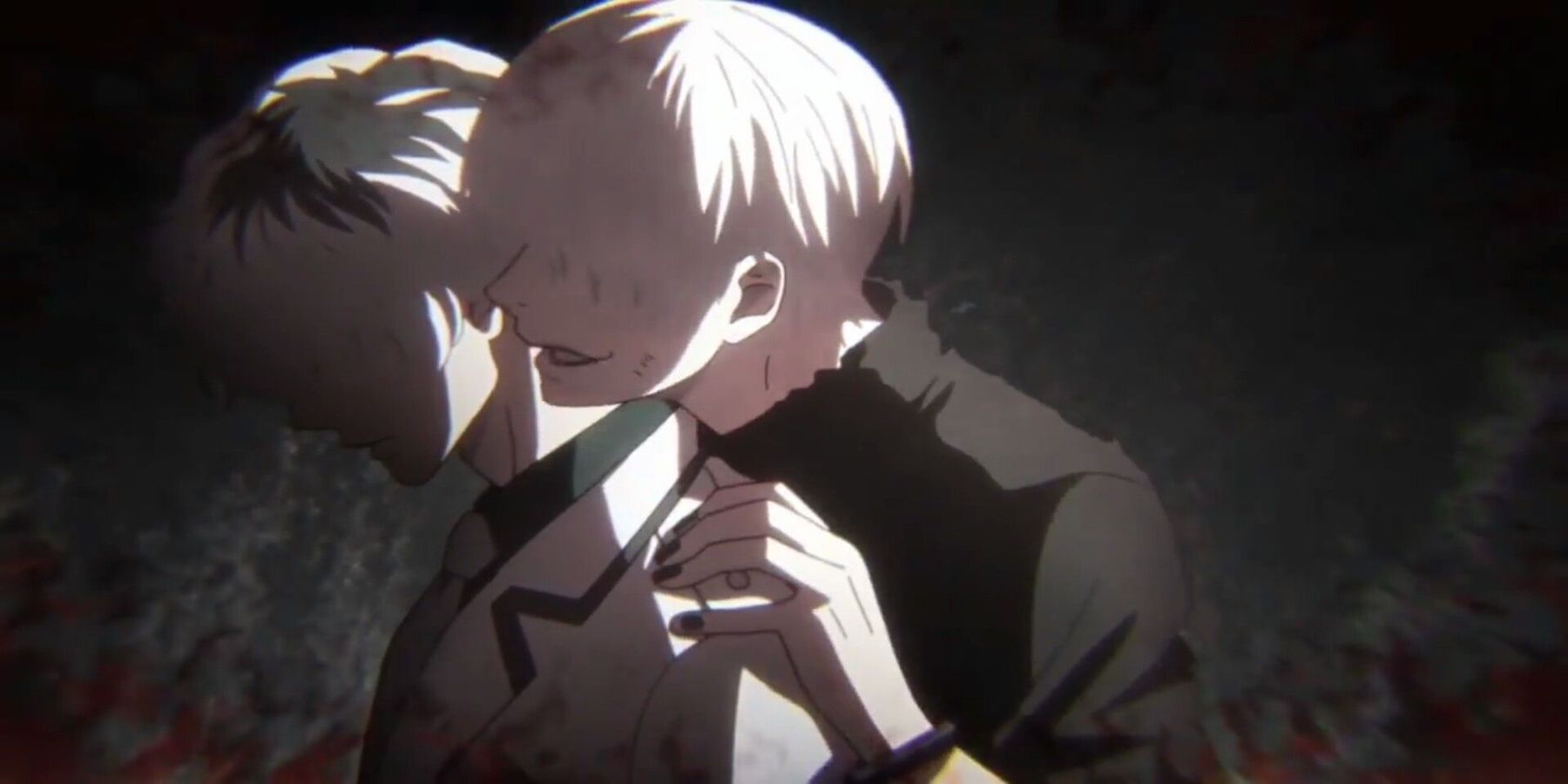A commercial success in both the West and East anime fanbase, 2014’s Tokyo Ghoul told the story of Ken Kaneki, a young impressionable college student who finds himself on a date with a pretty girl, only to find out that she's a flesh-eating creature known as a ghoul. After an accident at a construction site where she tried to kill him, the girl's organs are transplanted into Kaneki's body to save his life. As a result of this, his body begins to change and adapt itself into that of a half-ghoul. Now Kaneki must balance life as a human while resisting the urge to consume the flesh of his loved ones. Yes, the final season just aired only recently but lest it be forgotten that the first and second seasons didn't only not live up to the original source material, but all out deviated from it at one point.
There were numerous inconsistencies such as how Ghouls were supposedly invincible from injury, unless they were damaged by another ghoul's kagune, an extra appendage that ghouls grow from their backs that they use to hunt. Even smaller details, like how ghouls can't be cut by conventional sharp objects, were disregarded in the anime adaptation. In episode 1, an example of this invincibility is given when Kaneki tries to stab himself with a kitchen knife to test his theory if he had become a ghoul or not. However, come The Gourmet Arc, a simple ceramic cup is enough to make him bleed.
Greatest Seinen Manga Of All Time
The Tragic Protagonist
Kaneki's character took the biggest hit in the Anime adaptation. While still idealistic and naive, Kaneki was no fool, always questioning his surroundings and remained cautious of those around him. This can mainly be found in the gourmet arc, when Kaneki is invited to a ghoul restaurant by Tsukiyama, he is offered a cup of coffee by one of his servants. In the anime, he doesn't hesitate to take a sip, which knocks him out as the drink was drugged.
In the Manga however, Kaneki questions the sudden act of hospitality and avoids drinking it, suspecting it may be drugged. This made Kaneki more of a relatable character - he had a desire for knowledge, but he knew of the dangers he was putting himself into. His initial training montage with Yomo was also only brought up once and the audience were never showed the results or process of his getting stronger.
The Story That Never Happened
Aside from rushed character arcs, the story's biggest misgiving was Tokyo Ghoul's second season, Tokyo Ghoul √A in which the story drastically derived from the Manga's original plot to give Kaneki a more "edgy" and "rebellious" persona, resulting in strained relationships with the friends he had worked so hard to earn the previous season. Anime-only watchers were confused on Kaneki's decision to join Aogiri, despite his undying loyalty to his friends in the original manga.
Most of the story's development and Kaneki's relationships in the second part of the Manga were cut out with only a handful of scenes staying in. In the end, it left off on an anti-climactic note in which characters that had been a core part of the Manga were introduced late and then killed off, rendering any of the viewer's attachment to them null, as there was no opportunity for a real connection.
Getting Back On Track
Tokyo Ghoul's development team took the initiative to steer the anime back in the direction of the Manga with Tokyo Ghoul:re, but with the limited time they were given and the fact that the third season pretended that Tokyo Ghoul √A never happened, complicated the series' continuity. An Anime-only watcher would not understand how season 2 got to season 3 or why one of the core characters in Tokyo Ghoul:re, Mutsuki is afraid of men.
The art style, composition, and soundtrack were borderline flawless, but the direction lacked any depth that the original manga had. A remake of this series with proper character development and true to Tokyo Ghoul's continuity would not only do the Manga justice, but the story as well.




